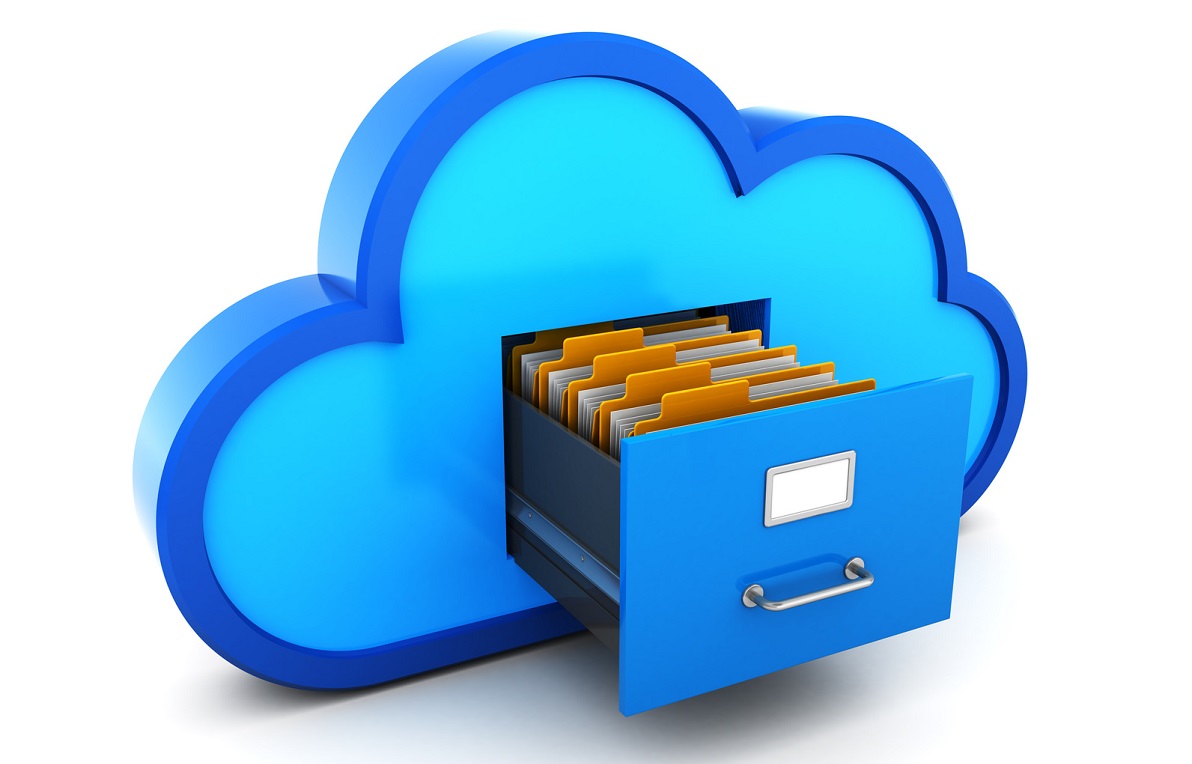Cloud-based translation memory (which Argo Translation utilizes extensively) provides real-time benefits to translators and clients that were completely unavailable only a few years ago. Before jumping into this topic, though, it makes sense to describe the key differences between cloud-based and server-based translation memory.
Cloud-based translation memory is defined as a translation memory database that is hosted on a secure cloud-based server where multiple users (translators, editors, project managers, and clients) can log in and collaborate on projects in real-time.
Server-based translation memory is typically located on a secure network and is considered to be more transactional. Project managers check projects in and out. Translation memory is updated at the end of each step (translation, proofreading, editing). Updates are typically not shared in real time. In some cases, especially with smaller firms, translation memory may be kept on the machines of the project manager handling a given account.
Why should this matter to a buyer of translation services?
Cloud-based translation management systems allow for the following benefits.
More effective collaboration
Cloud-based TMS allows translators and editors to add comments and questions that are shared in real time with all collaborators in all languages. Project managers can quickly respond to questions with answers, reference images, and links from the client. This allows for far better collaboration with less effort and less time required.
More consistency across projects
One of the huge time-saving benefits of cloud-based TMS is that the translation memory is shared in real time. Here is how it works. Let’s say that you have a rush project requiring multiple translators to work on it at the same time. For this example, let’s say that there is one translator in New York and the second is in London. As each translator completes segments of the project, those segments then become available in the translation memory immediately. That way, when a similar sentence comes up for either translator, they can leverage one another’s work.
This benefit also helps the project manager. In the more traditional server-based translation memory workflows, the project manager would be required to check the projects into the translation memory database manually! Imagine checking in a large 23-language project. It can take hours to properly update the translation memory. Cloud-based TMS is updated in real-time, so even if a client has multiple projects going there is no lag in what is updated in the translation memory.
Faster completion
Because of more effective collaboration, a cloud-based TMS allows for faster completion times. Because of the shared TMS, a project manager can mitigate inconsistency risk and include more translators in the project. This is not the best approach, but it is certainly a reasonable approach when the timing of the project outweighs all other concerns.
Final thoughts
The bottom line is that cloud-based TMS helps project managers, translators, editors, and the client collaborate more effectively by sharing the translation memory database in real-time. The client should always be part of the solution and have a full understanding of the workflow and how many translators are involved.






Comments